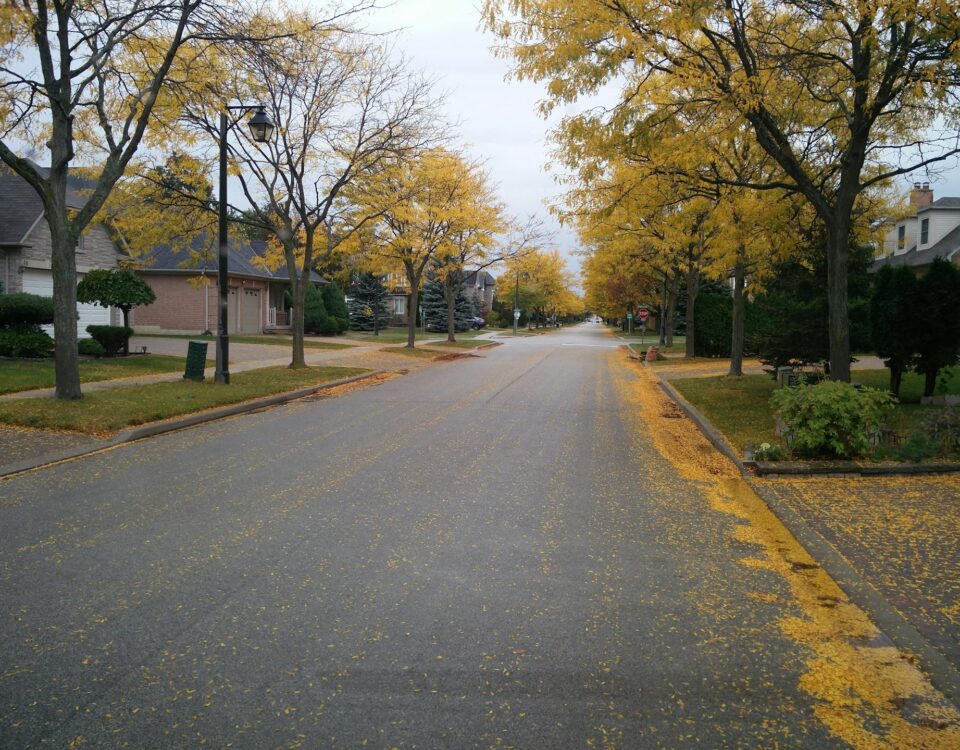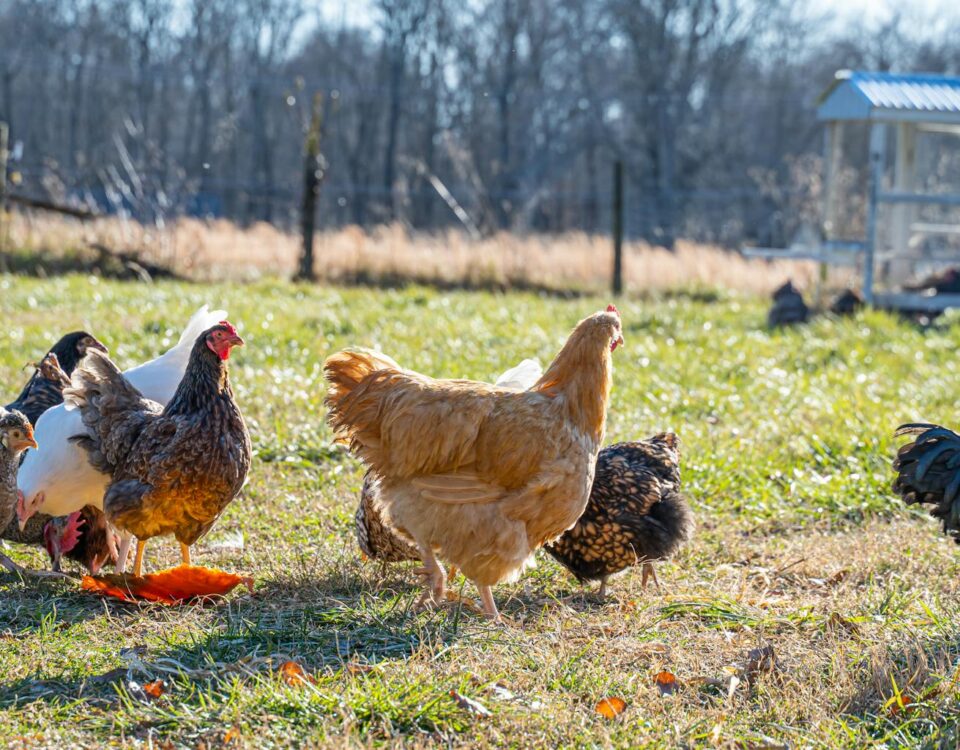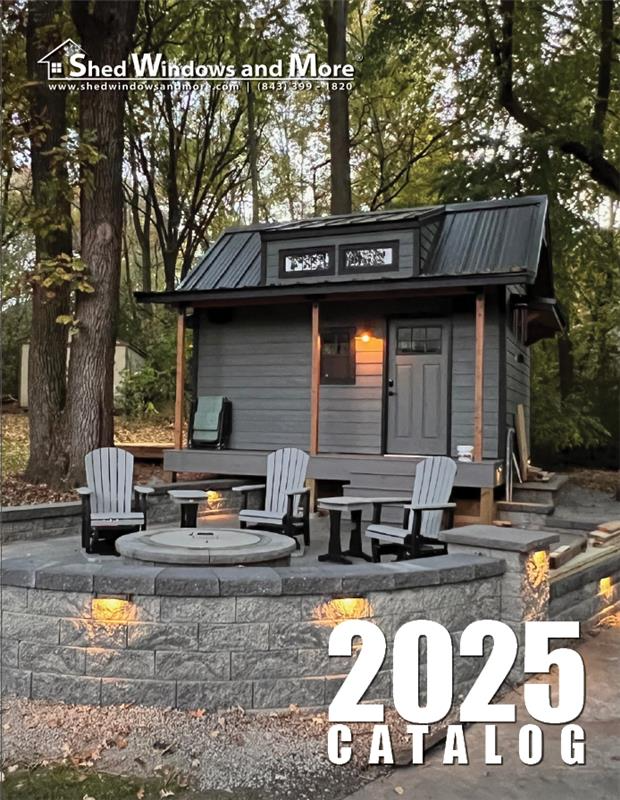
Doing Well In Stressful Times
January 12, 2021
Make Great Compost Fast & Easy
March 8, 2021Why Create a Green Roof?
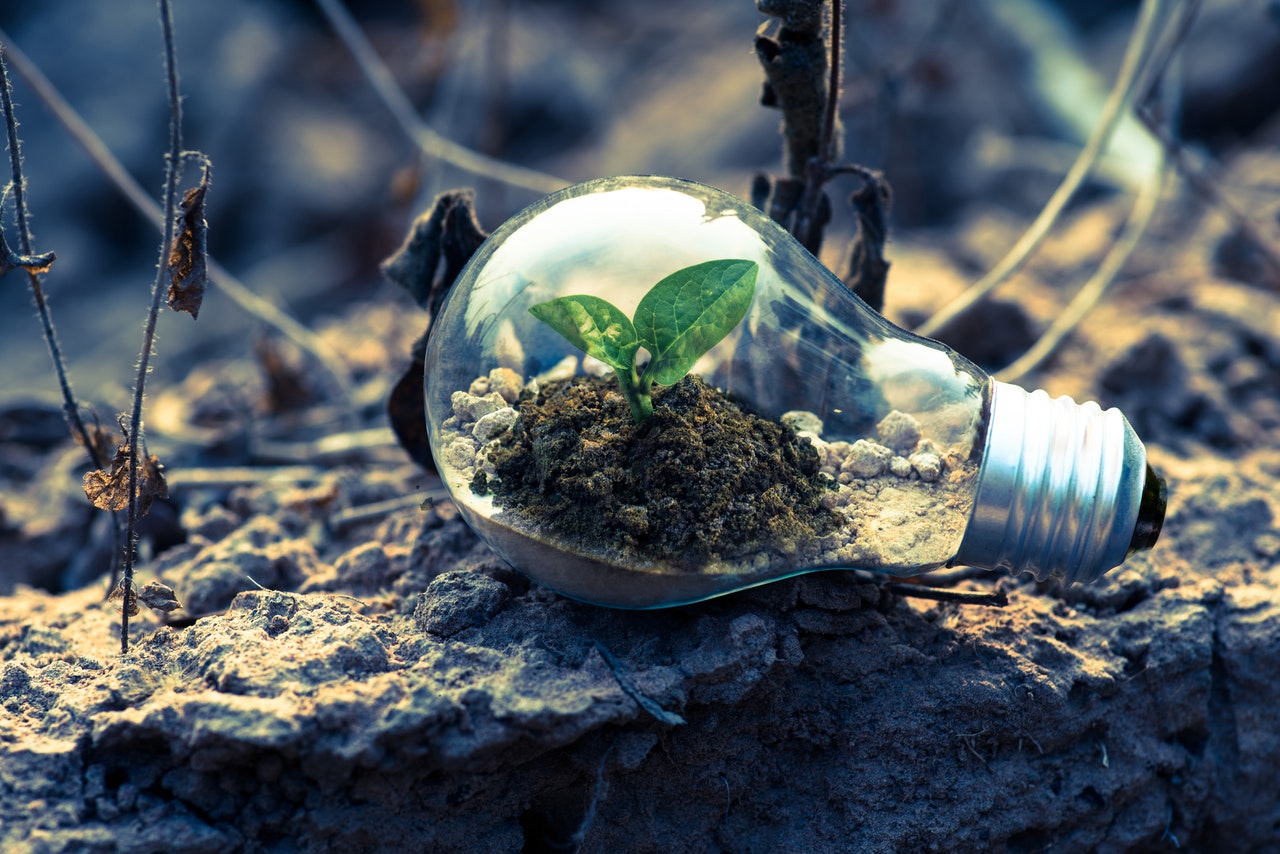
Why create a green roof? That is usually the first question that comes to mind when you mention creating a green or living roof on a backyard structure. Most people are trying to get things not to grow on their roofs, such as moss, grasses, and such. There are a lot of benefits to growing a living roof on your backyard structure. The practice of growing a living roof started centuries ago for insulation purposes in cold regions in Europe. In crowded urban areas, green or living roofs were seen as a way to add additional green to an urban landscape and allow for extra space for growing flowers, vegetables, and more.
What is A Green or Living Roof?
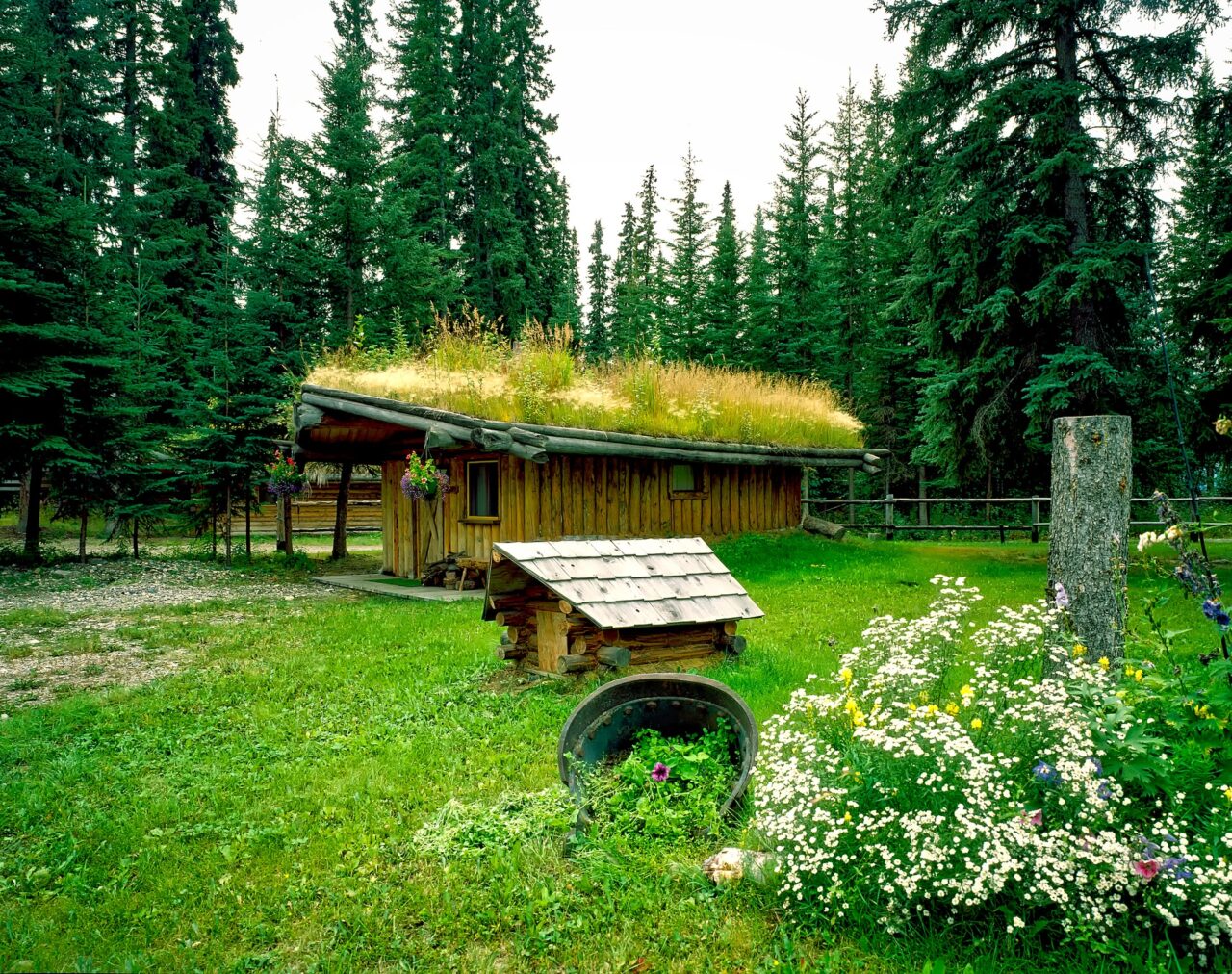
A green or living roof is a roof that is covered in plants. Sod roofs were historically common in rural Scandinavia and slowly made their way through Europe and then over to the United States. With the green movement, green roofs are taking their place as an ecological solution both for growing your own food and insulating your backyard shed, whether a garden shed, office shed, or guest shed. Green roofs can be as simple or complex as you want to make the task while creating a beautiful roof landscape that will attract bees, hummingbirds, and beneficial insects to your garden overall.
Types of Green or Living Roofs
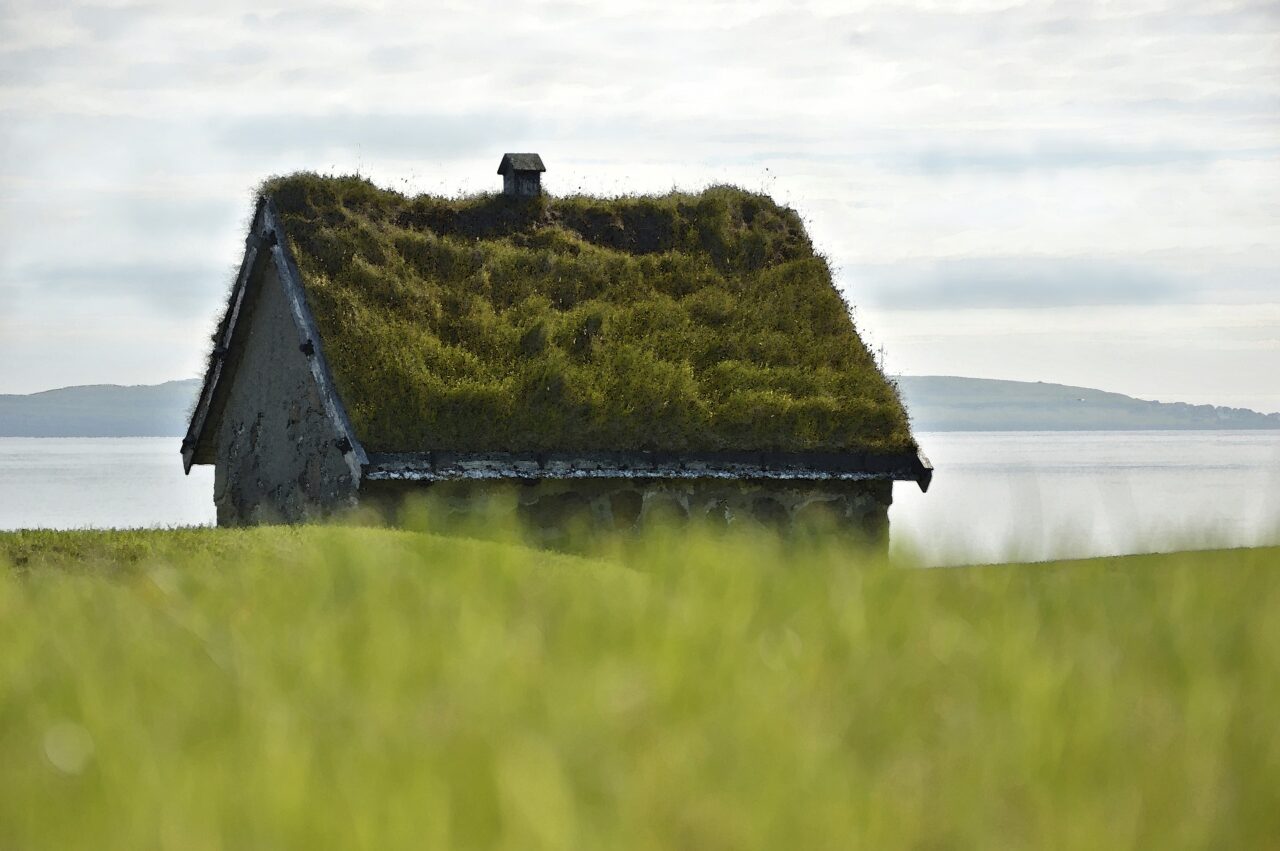
If you enjoy DIY projects, creating a green or living roof should go to the top of your list. Not only can a living roof be beautiful, but they help protect your shed from storms, provide sound and heat insulation, and possibly prolong the life of your roof, while providing a habitat for wildlife while reducing carbon emissions. There are basically two types of green roofs; the intensive green roof, which requires more time and maintenance; and the extension green roof. which is more of a low-maintenance option.
Creating a Green or Living Roof
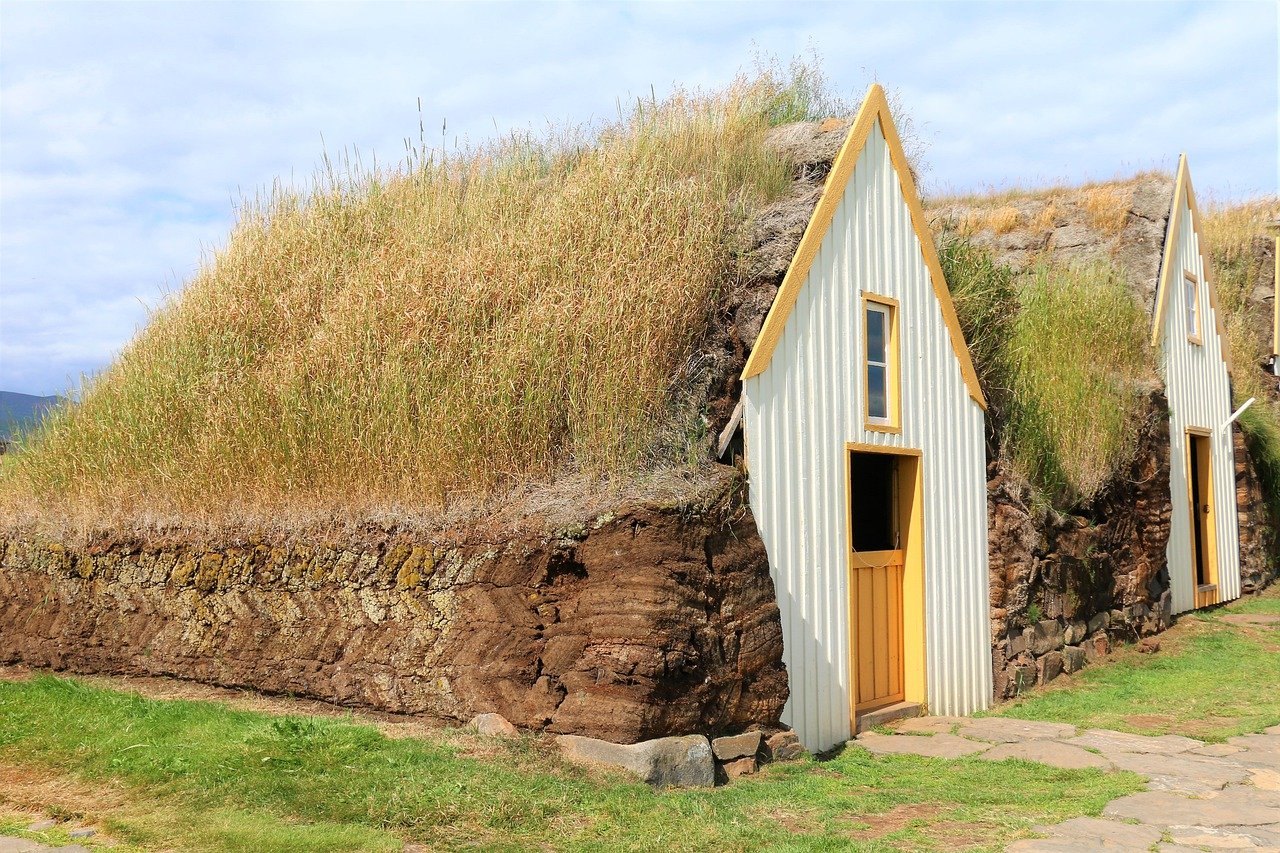
Above all else, the roof you are planting should be able to handle more weight than a traditional roof, so it should be structurally sound and strong enough to handle the extra weight of dirt, gravel, membrane, and plants that all hold a certain amount of water. There are so many books covering the subject of green or living roofs, but we give you some quick basics below:
- Make sure you have the structure to hold the extra weight; check framing and roof supports before creating your green roof.
- Waterproof the roof with a membrane layer; usually a micron damp-proof liner or pond liner should cover the entire area you want to plant to avoid water damage from seeping past.
- The only area that shouldn’t be covered with the membrane is the edge of your roof where your water runs into the gutter.
- Your next step is adding a weed-suppressing membrane that keeps the roots of your plants from growing through to the roof itself.
- Next, you need to add your drainage medium, usually, gravel or limestone chips should be placed at a depth of 1/8 to 1/2 inch to ensure proper drainage.
- Many DIY green roofs are between 3 and 8 inches in depth. Some garden supply stores provide a special green roof soil but you can also make up your own mixture. We like to use an organic mulch compost soil mixture that we get from our local source, but figure 70-80 percent inorganic material and about 20-30 percent organic material. You are aiming for soil that is firm but drains well.
Plant Choices for Green or Living Roofs
The easiest roof to make a living or green roof is one that is flat or not more than a 3-foot rise per 12 feet, or not more than a 3/12 pitch. If you are opting for very low maintenance choose succulents or native grasses or plants. Wildflowers are a wonderful choice and are low maintenance when you choose wildflowers that are native to your growing region. Sea Thrift is a favorite grass for green roofs since it naturally grows by the ocean on cliffs and dunes and requires no watering other than what Mother Nature provides. Yarrow is a wonderful choice since it will spread across the surface of your green roof and act as a ground cover.
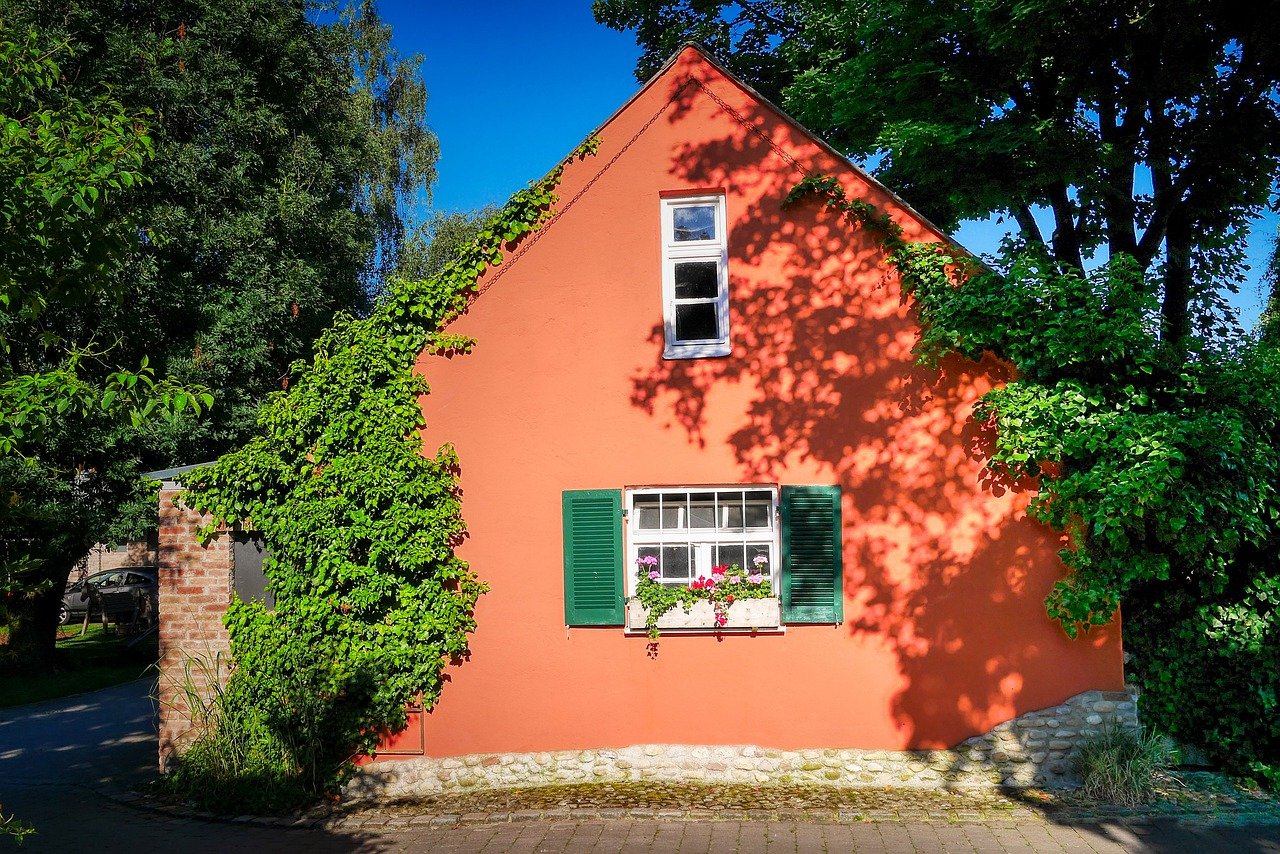
Culinary herbs are also a wonderful choice for a green roof and many common herbs are perfect for your roof because they are accustomed to growing in dry, rocky places making them a great choice for a low-maintenance green roof. If you are opting for a roof where you will grow vegetables or flowers you will need to take into consideration a watering system for your roof garden and pathways to be able to navigate working on your garden. Whatever choice you make in planting your living or green roof will provide a beautiful landscape focus to your backyard while providing anything from flowers, to herbs, or vegetables for your family. We would love for you to share your photos of your living roof either by email, via our contact form, or on Facebook.


